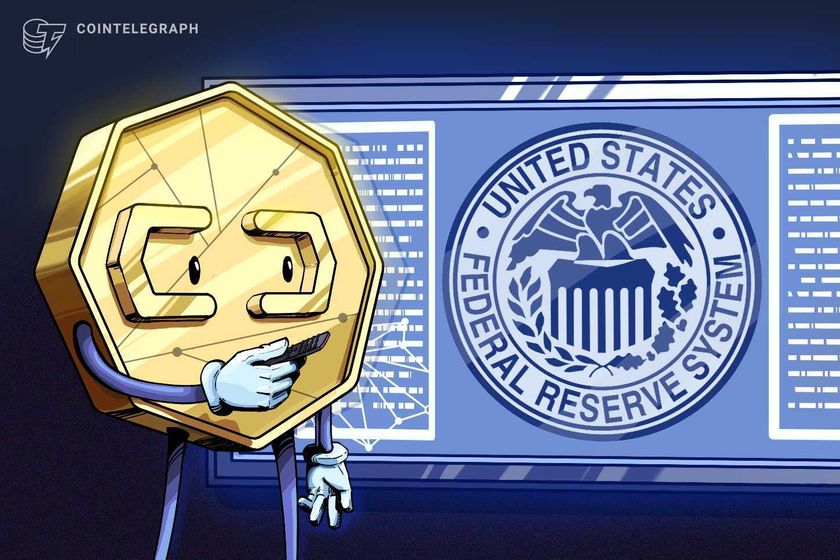In brief
- The government has introduced legislation to make a temporary crypto mining moratorium permanent.
- Officials said the change is part of a broader plan to allocate electricity to high-value industries.
- Crypto industry leaders warned the decision could push investment to areas without clean energy.
The Government of British Columbia is moving to permanently bar new cryptocurrency mining projects from connecting to the provincial power grid, as it shifts focus toward major industries it says will better serve its clean energy and economic growth goals.
The measure, announced Monday, is part of a wider effort to grow investment, diversify markets and create new jobs, particularly in northern B.C., while managing a surge in electricity demand. Under the proposed Energy Statutes Amendment Act new crypto mining operations would no longer be eligible for connections to BC Hydro, which supplies the region’s power.
“We must act with urgency to leverage our clean-electricity advantage and grow and diversify our economy,” said Adrian Dix, Minister of Energy and Climate Solutions. “Our new allocation framework will prioritize vital growth in sectors like mining, natural gas, and lowest-emission LNG, while ensuring our clean energy is directed to projects that deliver the greatest benefit to British Columbians.”
The legislation marks the culmination of a process that began in late 2022, when the province and BC Hydro paused new connection requests from cryptocurrency miners for 18 months. That moratorium, officials said at the time, aimed to support climate and economic goals by curbing an industry that consumes massive amounts of power but generates few local jobs.
British Columbia has never been a major hub for cryptocurrency mining, though several medium-sized operations have taken root thanks to its cool climate and renewable power mix.
Other Bitcoin miners like Iris Energy and Hive Digital maintain facilities in the province, along with a handful of smaller projects that had been awaiting connection approval before the freeze.
Globally, the real hotspots for mining are far from B.C. Instead, mining companies are looking to Texas, parts of the U.S. Midwest, the Nordic region, the Caucasus and, increasingly, Latin America, where cheap and stable electricity makes large-scale mining viable. Nevertheless, B.C. had been seen as a symbolically important player as a clean, politically stable jurisdiction that once attracted miners seeking a greener reputation.
“Protecting the grid is a valid concern, but it’s also a convenient narrative,” said Kadan Stadelmann, a blockchain developer who began GPU mining himself more than a decade ago and is the current Chief Technology Officer at Komodo Platform, told Decrypt.
“Mining demand can be managed dynamically, many miners already curtail operations during peak hours and even help stabilize grids by absorbing surplus power. Instead of an outright ban, regulators could design flexible pricing models or demand-response programs. Calling for a full stop suggests more of a political decision than an energy one.”
Opponents of crypto mining often cite its enormous energy appetite and local noise pollution as major issues with operations.
Data from Digiconomist estimates that Bitcoin mining’s annual electricity use rivals that of Thailand, with a carbon footprint comparable to the Czech Republic. Residents living near mining sites in place including Texas have also lodged complaints about the constant whir of industrial cooling fans.
Stadelmann acknowledged those problems but argued they are solvable. “Some concerns are absolutely valid. The industry hasn’t always communicated well about its energy mix or community impact. The answer isn’t denial, it’s transparency and innovation,” he said, pointing to projects using flared gas capture, hydro excess or geothermal sources to offset emissions, as well as the use of modular mining rigs and better sound insulation to eliminate local nuisance issues.
“The key is to stop operating in isolation and start showing tangible local benefits like jobs, tax revenue, and support for renewable build-outs. If governments truly want to preserve clean energy, they should engage with miners as potential partners, not scapegoats. Banning an entire class of digital infrastructure over optics will just export the same demand to dirtier grids elsewhere.”
Daily Debrief Newsletter
Start every day with the top news stories right now, plus original features, a podcast, videos and more.
Source: https://decrypt.co/345209/british-columbia-ban-crypto-mining-projects


